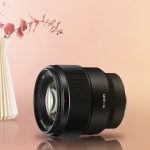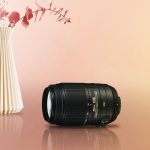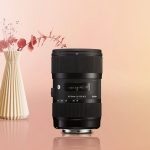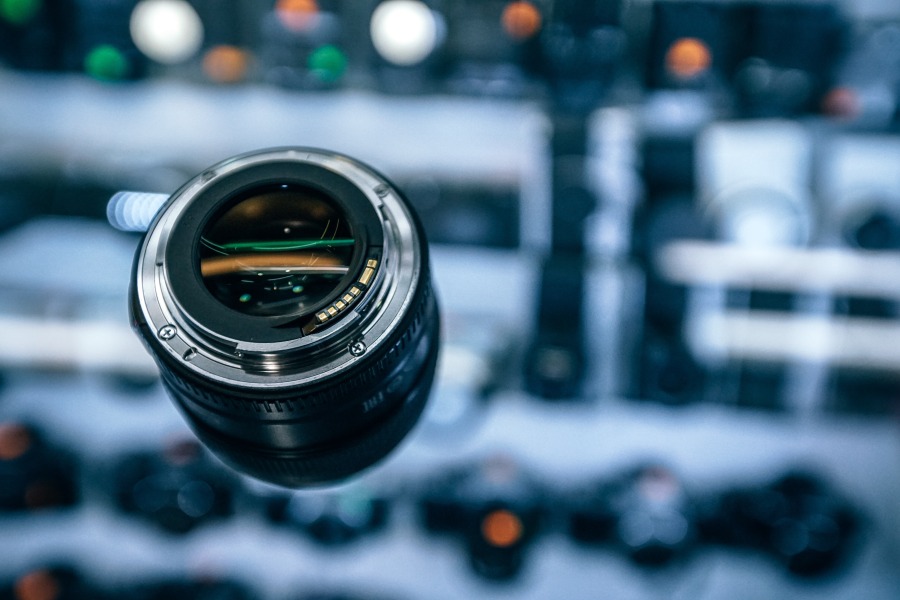
Buying the right lens is not a walk in the park, especially given the vast variety of choices available in the market today.
They also don’t come cheap, a wrong purchase will undoubtedly make a hole in your pocket.
What’s worse, is choosing between two great lenses like the 35mm vs 28mm Lens.
In today’s article, I’ll go over those wide-angle lenses in greater detail to help you choose the best one.
35mm vs 28mm Lens
Although they have nearly the same focal length and are both wide-angle lenses, they differ in some ways.
Having said that, both lenses are extremely capable, and the selection between them comes down to the type of photography and personal preferences.
I can’t decide between them either unless you give me a brand name and an aperture.
Well-known manufacturers such as Sony, Nikon, and Canon typically provide better lenses of this type than third-party competitors.
Simply put, a high-end 28mm lens from Sony is superior to a budget 28mm lens from a third-party brand such as Sigma.
Let’s ignore that for the time being and simply focus on focal lengths.
The Advantages and Disadvantages of Both Lenses
The Benefits of the 35mm
Suppose you are a casual photographer in need of a prime lens. The 35mm focal length is ideal for photographers who need an everyday lens to accompany them as they walk around and photograph things.
It has a natural look with very little to no distortion. It’s great, especially for subjects that are in the center of the picture. That’s because the corners of a wide-angle lens aren’t as sharp as the center.
The most common apertures for this type of lens are f/2 or f/1.4, which are both amazing low-light performers.
The Drawbacks of the 35mm
Everything, or should I say every device, has its weaknesses and strengths.
The same is true for lenses. As previously stated, the corners of the 35mm are not as sharp as the center. With that being said, we come to the conclusion that this is not a great lens for landscapes or wide shots in general, despite being a wide-angle lens. You will still be able to capture great landscape photos, but you will be limited due to the longer focal length.
It is too narrow for wide images while being too wide for the rest.
Asides from that, I don’t see anything else being at fault here, just so you be aware that you will be limited to some type of photography and instead you can opt for a zoom lens.
The Benefits of the 28mm
The focal length of 28mm is one that strikes a balance between the subject and the background. It is not as versatile as the 35mm, but it surpasses in some other areas.
Because it is wider than its counterpart, it brings the scene to a better focus point.
It also has a very compact and lightweight form factor, making it easy to store and transport this lens.
It is remarkably similar to the 35mm, except for the additional 7-focal range.
The Drawbacks of the 28mm
Yet again, it also has pretty much the same cons as its counterpart. The wider angle here can indeed make for better landscape photography, but still, it won’t benefit some other types of photography.
Another thing that will bother people is the 28mm being so small that you will have to be close to the target every time. Basically, getting too personal and close to your subject is something that you want to avoid, especially as a photojournalist.
Comparing Both Lenses On Different Types of Photography
Portrait Photography
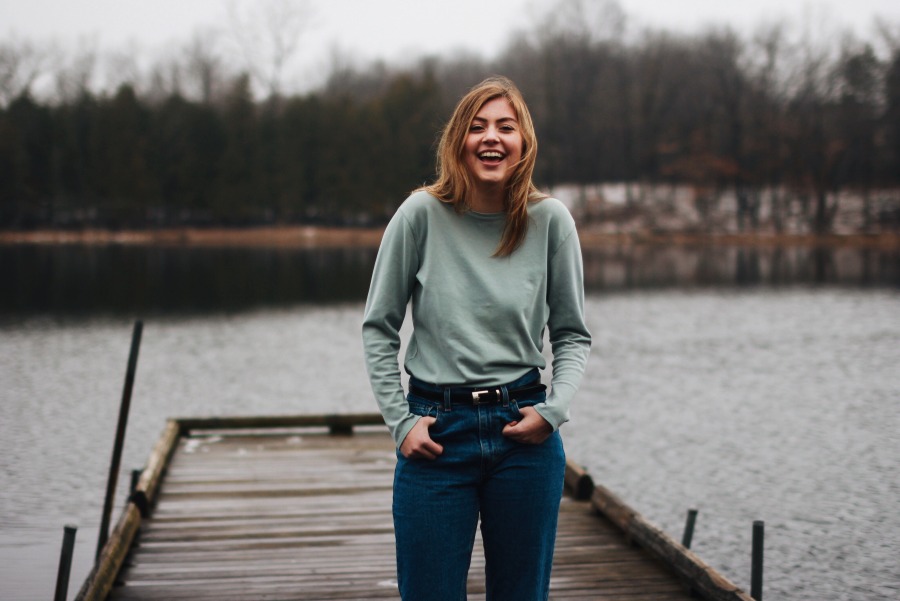
Let me be clear from the start: none of those lenses are suitable for portrait photography. The ideal focal length for a portrait lens would be 50mm, with 50mm being the absolute minimum and going up to 135mm.
That doesn’t mean you can’t take portraits with different focal ranges, but those ones are ideal and the best.
Let’s say you take some portrait shots with your 28mm, due to it being a wide-angle lens people will look wider, leading to distortion and people hate distortion.
If you don’t have a choice and must use either a 28mm or a 35mm lens for portraits, I would strongly recommend the 35mm. Even though it won’t be as sharp as an 85mm lens, it can produce some excellent headshots.
Don’t lose hope, though; there are professional photographers who have figured out how to use wide-angle lenses for portraits, proving to us that even a 35mm lens can do great portraits.
Landscape Photography
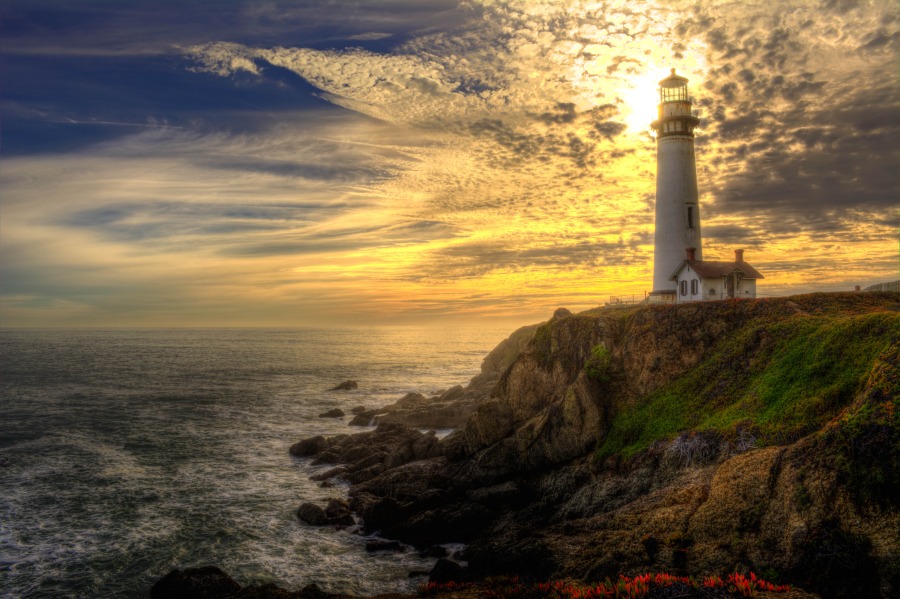
A wide-angle lens is essential for landscape photography. Despite the fact that the focal ranges of 28mm and 35mm are relatively small, they still need to be a little lower. A 14mm–18mm one, for example, is far superior.
You may have it figured out by now. Of the two lenses that are mentioned above, the 28mm lens is the best one for landscape photography.
Aside from the shorter focal length, it also adds a distinct feel to the photos, making it an excellent choice for landscape photography.
Product Photography

Finally, this is the part where both lenses shine.
Both of the above lenses will work exceptionally well for food, jewelry, or any type of photography that has to shoot small objects.
Remember how I said above that you don’t want to get up close and personal with your subject? Well, I lied.
If the case is product photography, you sure want to get as close as possible. Both lenses will work fine; choosing one or another will mostly depend on your preferences and the type of product you are photographing.
Still, you don’t want to get personal and close to your subject, especially in journalism.
Street Photography
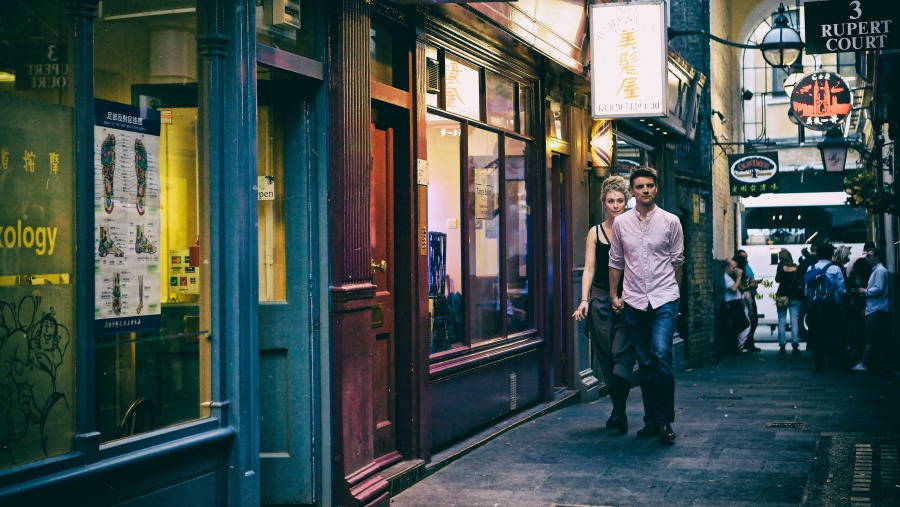
Street photography is difficult to master. Sometimes you want to get closer to your subject, and other times you want to shoot them without drawing attention to yourself. Again, it is largely dependent on your preferences.
On average, the human eye sees things with a focal range of 50mm; however, each human eye is different, so some people can see with a 35mm focal length, others with a 40mm focal length, and so on.
Both the 28mm and the 35mm are decent focal lengths for street photography.
The photos will turn out exactly as we see them, but there are times when you want to be far away from the subject and capture the photo unnoticed in order to achieve a natural expression result.
Final Words:
Again, I can’t say which lens is the best. If I chose one over the other, I would be a hypocrite because each lens has its own set of uses, benefits, and drawbacks.
If you can afford both lenses, they are an excellent addition to your collection and will be used sooner or later.
That’s it. I hope this article provided you with some general information and aided you in deciding which one to purchase.

Photographer & Writer
I specialize in landscape, street and portrait photography and I have been featured in various galleries and publications. I believe that photography is a way to tell stories!
